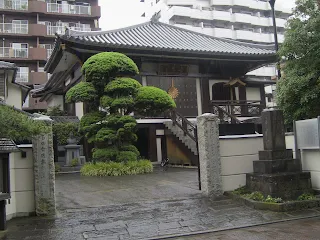There was an interesting sharing yesterday by one my friends in facebook. The shared post was a slide showing the result of an experiment by scientists carried out on a group of monkeys. The outcome of the experiment is interesting and has significant importance to our social behavior, the reason why I would like to write here.
At first the scientists selected a group of 5 monkeys and put them in a cage. In the middle of the cage they placed a ladder. At the top of the ladder, they placed some bananas. Obviously, the monkeys will be tempted to eat the bananas. One of the monkeys climbed up the ladder and took the banana. Then the scientists splashed cold water on other four monkeys standing on the ground. Splashing of water was repeated whenever a monkey climbed and took the banana. The monkeys now realized that whenever a monkey climbs the ladder, the rest will be splashed with cold water, which they did not like. All the five monkeys one by one tried to climb to take the banana, but the one who try to climb would be punished by beating by other four monkeys.
As a next step, scientists replaced one of the monkeys with a new monkey. The new one’s mind was fresh and did not know about the cold water splashing. By seeing the banana he started climbing up. The other four got angry, pulled him down and beat him. Scientists did not splash the cold water, but the fresh one got beaten by others.
At first the scientists selected a group of 5 monkeys and put them in a cage. In the middle of the cage they placed a ladder. At the top of the ladder, they placed some bananas. Obviously, the monkeys will be tempted to eat the bananas. One of the monkeys climbed up the ladder and took the banana. Then the scientists splashed cold water on other four monkeys standing on the ground. Splashing of water was repeated whenever a monkey climbed and took the banana. The monkeys now realized that whenever a monkey climbs the ladder, the rest will be splashed with cold water, which they did not like. All the five monkeys one by one tried to climb to take the banana, but the one who try to climb would be punished by beating by other four monkeys.
As a next step, scientists replaced one of the monkeys with a new monkey. The new one’s mind was fresh and did not know about the cold water splashing. By seeing the banana he started climbing up. The other four got angry, pulled him down and beat him. Scientists did not splash the cold water, but the fresh one got beaten by others.












